UK weather: How to drive safely through snow and ice
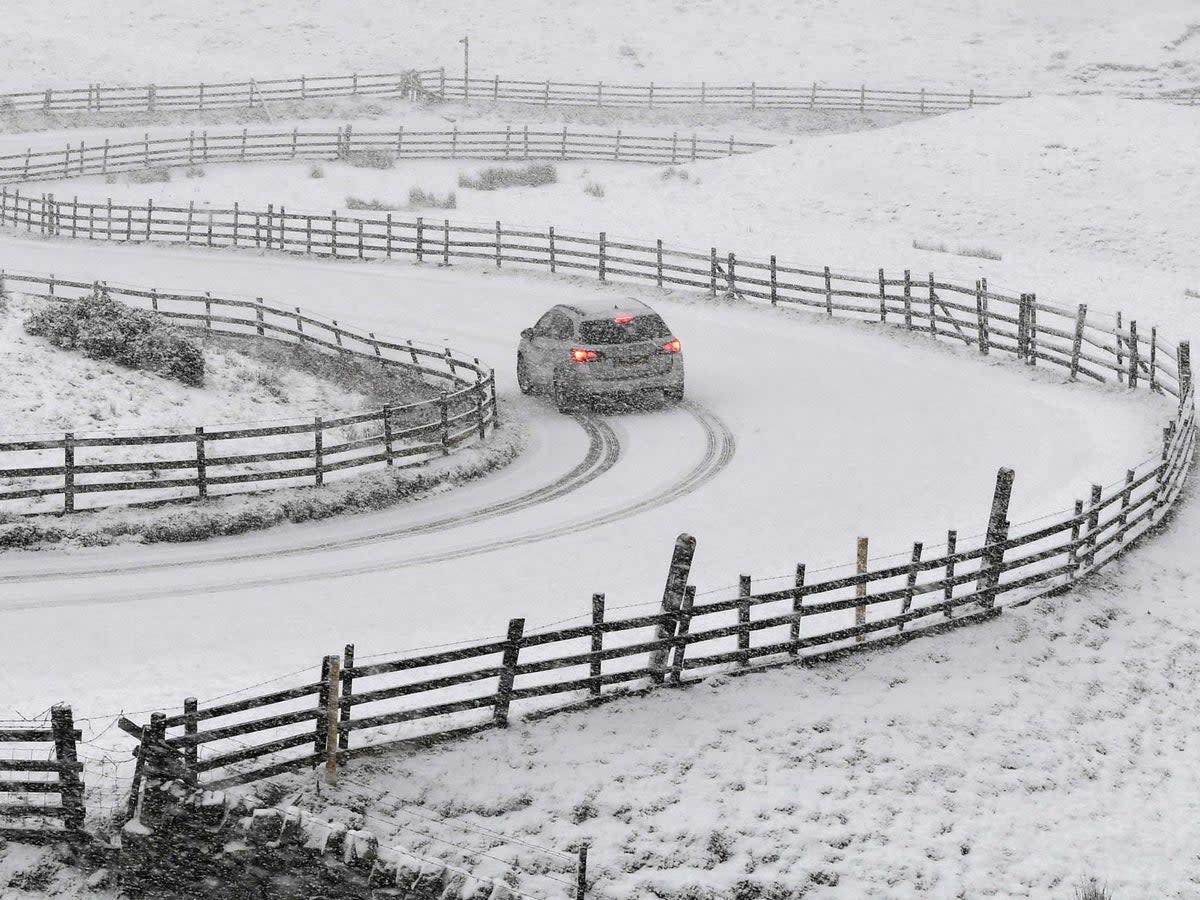
The current heavy snow across the UK means drivers are facing icy roads and treacherous conditions.
The gritters are out but motorists are still being advised against making unnecessary journeys and to proceed with extreme caution when setting out proves unavoidable.
Before setting out
The RAC’s first advice is to ensure you are properly prepared before setting out. You should check local weather forecasts, know your route and have alternatives planned should particular roads prove inaccessible.
You should also allow more time, for both the journey itself and to clear your windscreen, windows and mirror of frost and snow before you start. Police Scotland issued a picture of a driver who had been stopped for setting out after only clearing a small square of his windshield of snow – not smart. It is illegal to drive without full visibilty.
Here’s a complete guide to de-icing your car.
In addition, you should also check your tyres for adequate tread, check you have sufficient levels of screenwash and take with you a pack of emergency supplies.
Snow and icy conditions hit the UK – Winter weather in pictures
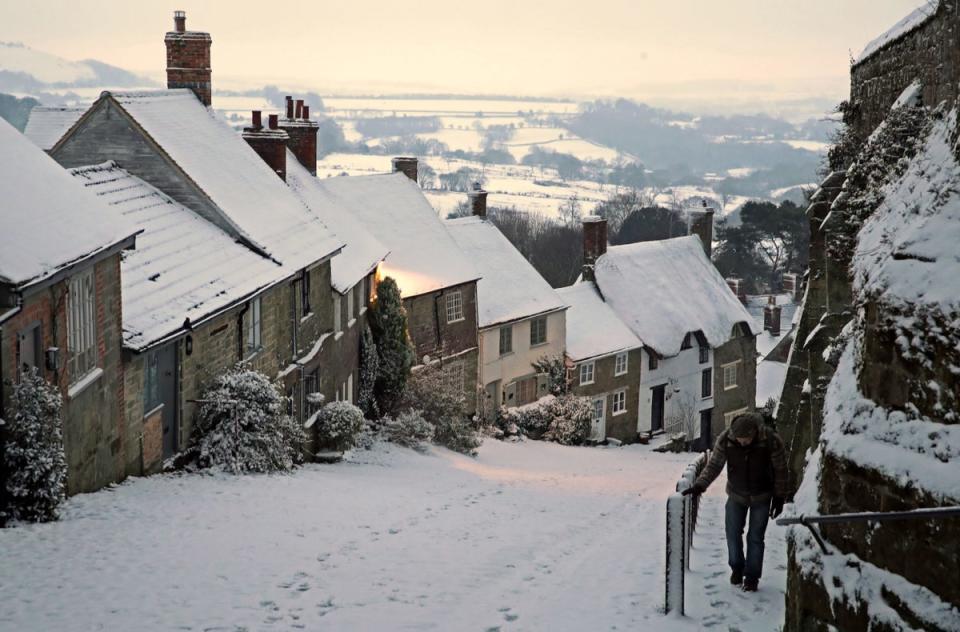
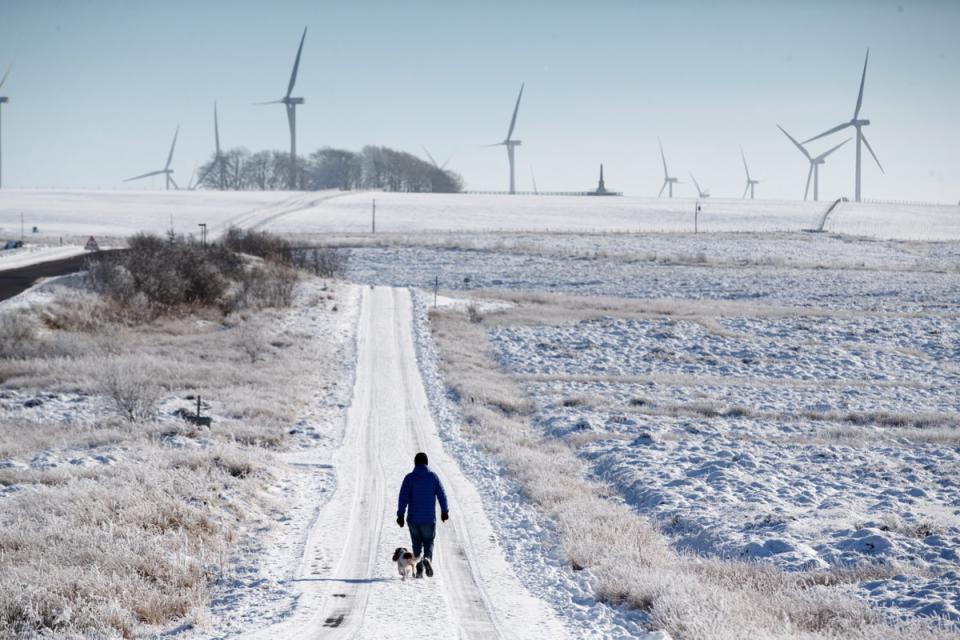
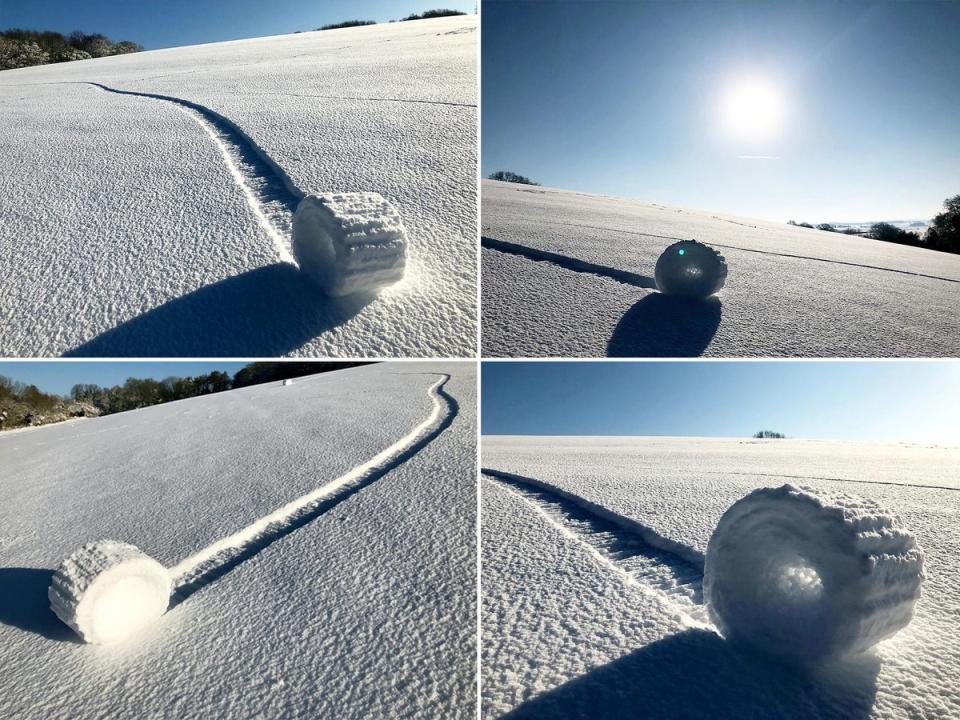
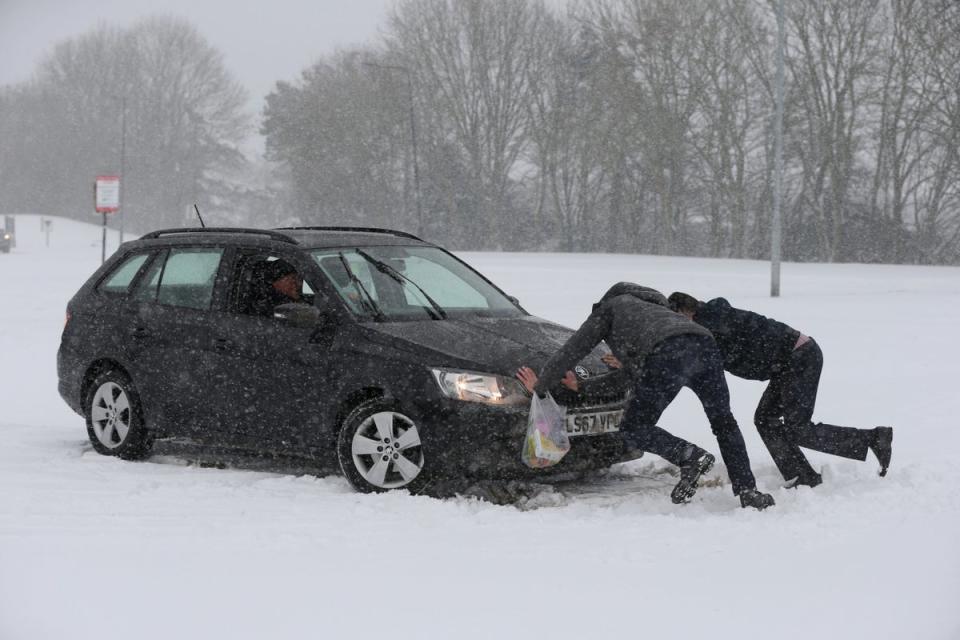

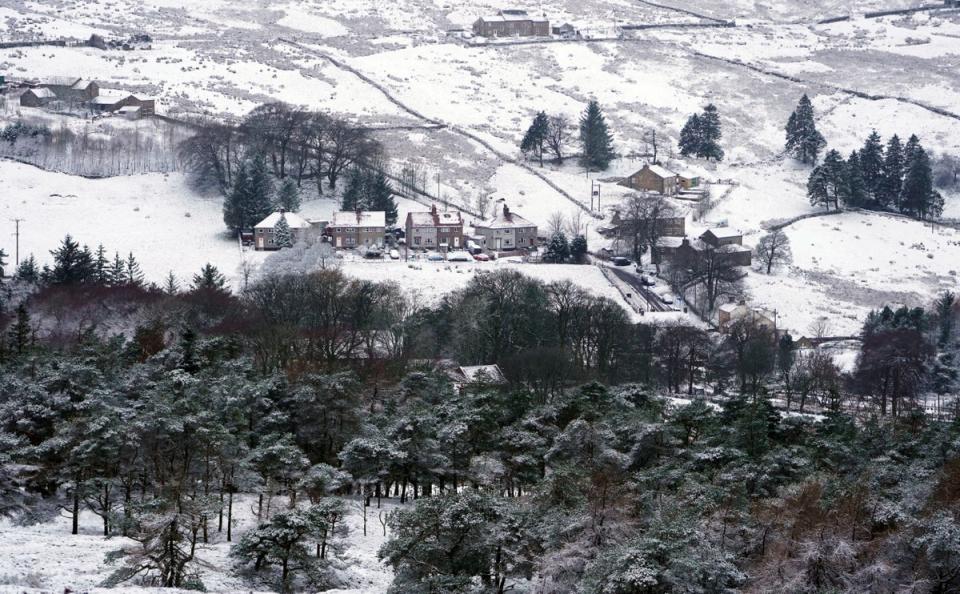
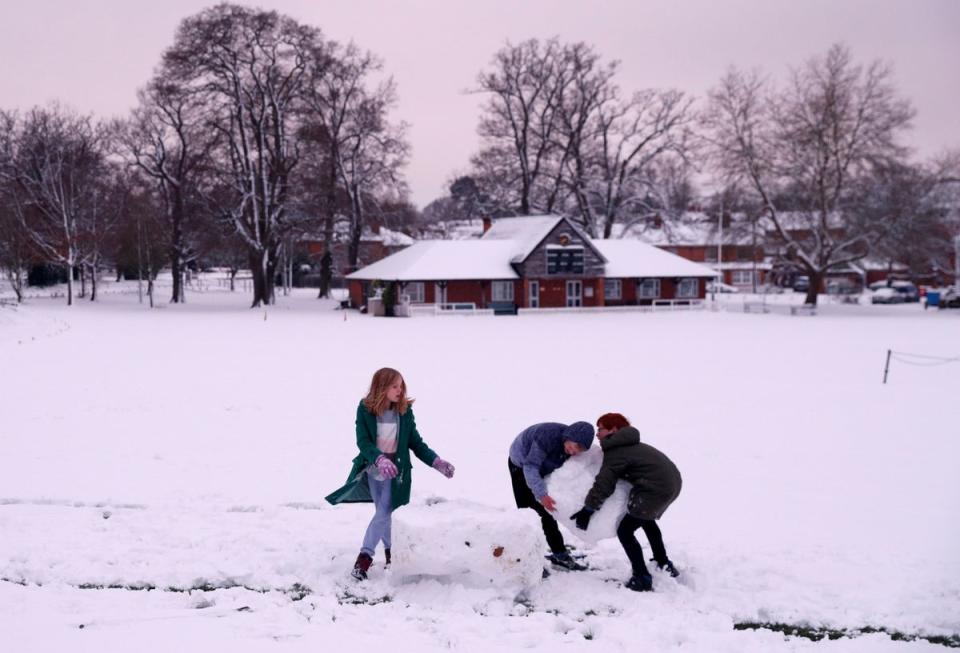
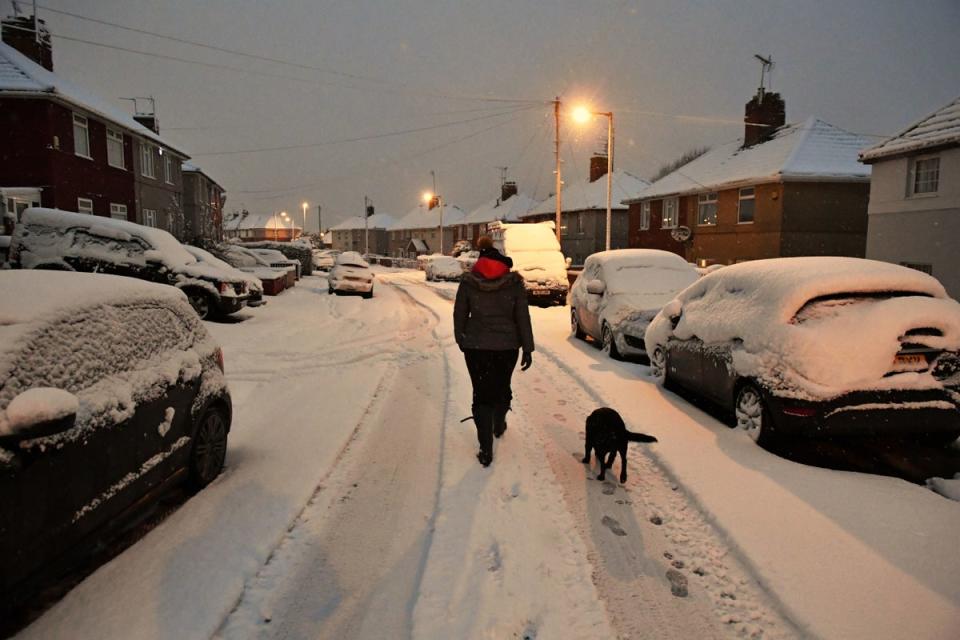
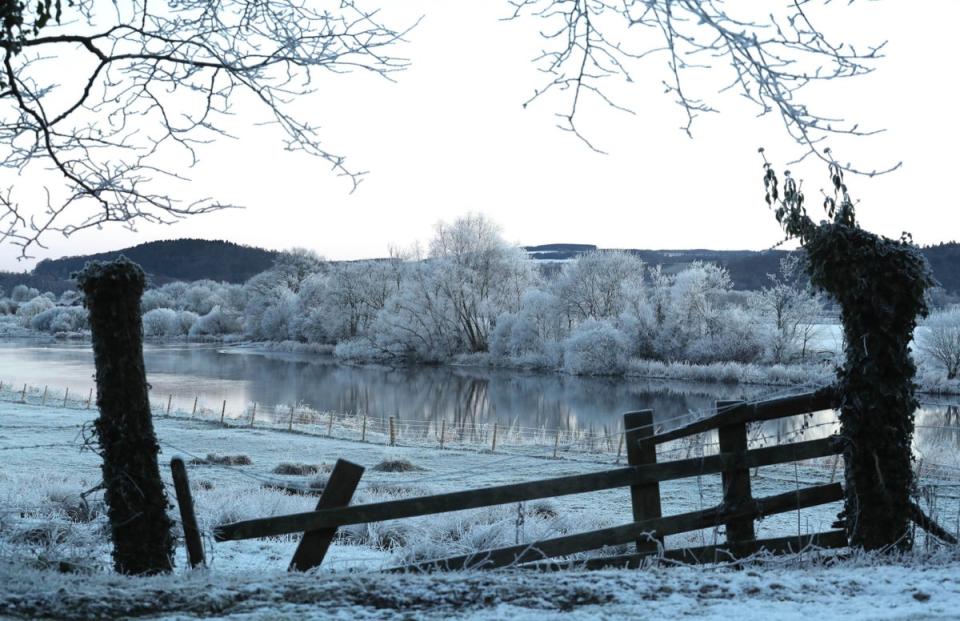
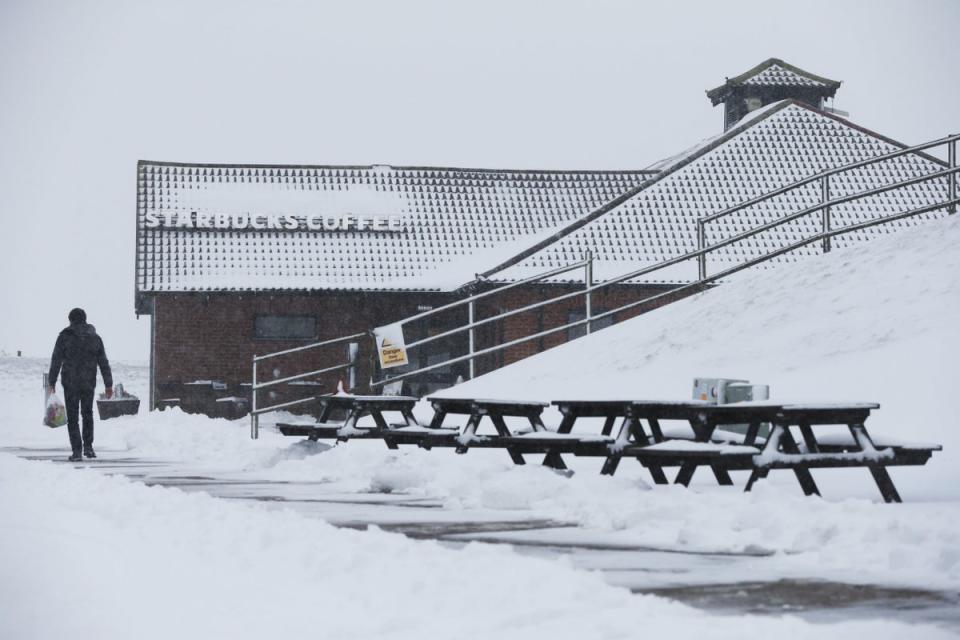
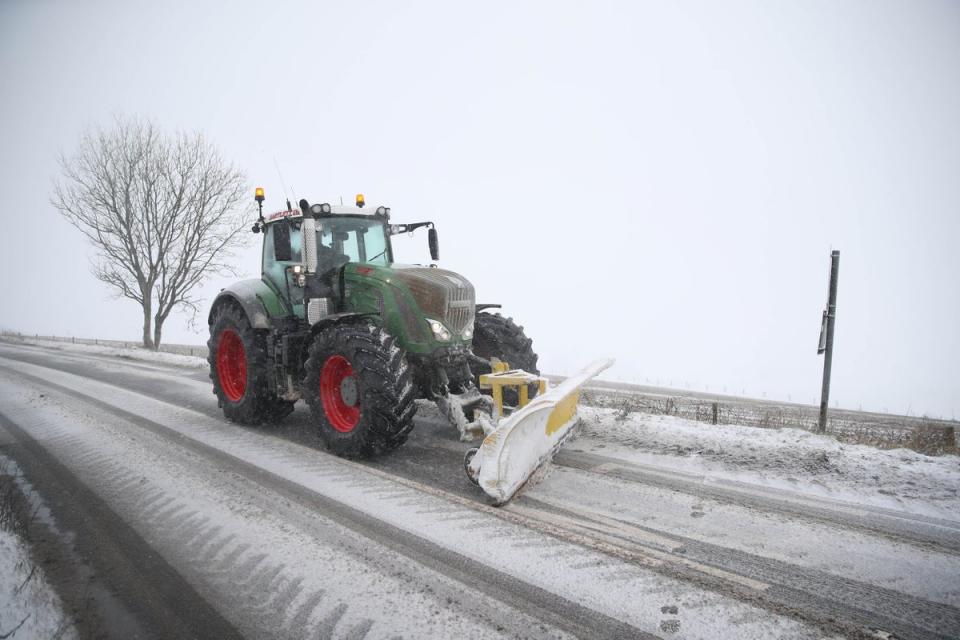
The RAC recommends bringing: a demisting pad, a wind-up torch, a high-visibility vest, a blanket, some food, a drink, spare screenwash, de-icer, an ice scraper, a blanket, a shovel, a phone charger, a map, a first aid kit, a warning triangle, some jump leads, a spade and a square of carpet for placing under your drive wheels should you get stuck in the snow.
It goes without saying you should also wrap up warm and wear appropriate footwear. Sunglasses can also help to reduce the glare from low winter sun.
If the snow is really extreme, as it is in the US at the time of writing as a result of the polar vortex, you might need to fit snow chains to your tyres. These are intended for driving on layers of compacted snow and should be removed as soon as you reach clear road, otherwise you risk damaging its surface and your own wheels.
You can find a complete guide to fitting show chains here. While you are unlikely to need them in the UK – “snow socks” are the less dramatic, heavy-duty alternative – carrying a set is required by law in some European countries.
On the road
When you’re ready to go, the RAC recommends beginning by accelerating gently, using low revs and changing up into a higher gear as quickly as possible. Moving off in second will help to reduce wheel-slip.
Ensure your speed is consistent with that of other drivers and maintain safe stopping distances between your own vehicle and the car in front, leaving as much as 10 times the normal recommended gap.
Leave plenty of room in front before attempting to venture uphill so you can maintain a constant speed without the need for changing gear.
Use a low gear when going downhill and try to avoid braking unnecessarily, which can lead to a skid, again making sure you leave plenty of space between you and the car in front.
When approaching a bend in the road, brake softly before you start to turn the steering wheel. If your car does lose grip, don’t panic. Ease your foot off the accelerator and make sure your wheels are pointing in the direction you want to go.
If you do skid, steer gently into it – if the rear of the car is sliding to the right, steer to the right. Do not take your hands off the steering wheel or stamp on the brakes.
When driving in heavy snow, make sure you use dipped headlights. If visibility drops below a 100 metres, put your fog lights on.
If the road has not been gritted, be wary of driving in the wheeltracks or other vehicles as compressed snow can prove even more slippery than fresh snow.
The RAC also reminds drivers to think about the environment you’re passing through and bear in mind the possibility of microclimates developing on the road. These might include areas the sun has yet to reach, meaning they are still icy when the rest of the road has thawed.


